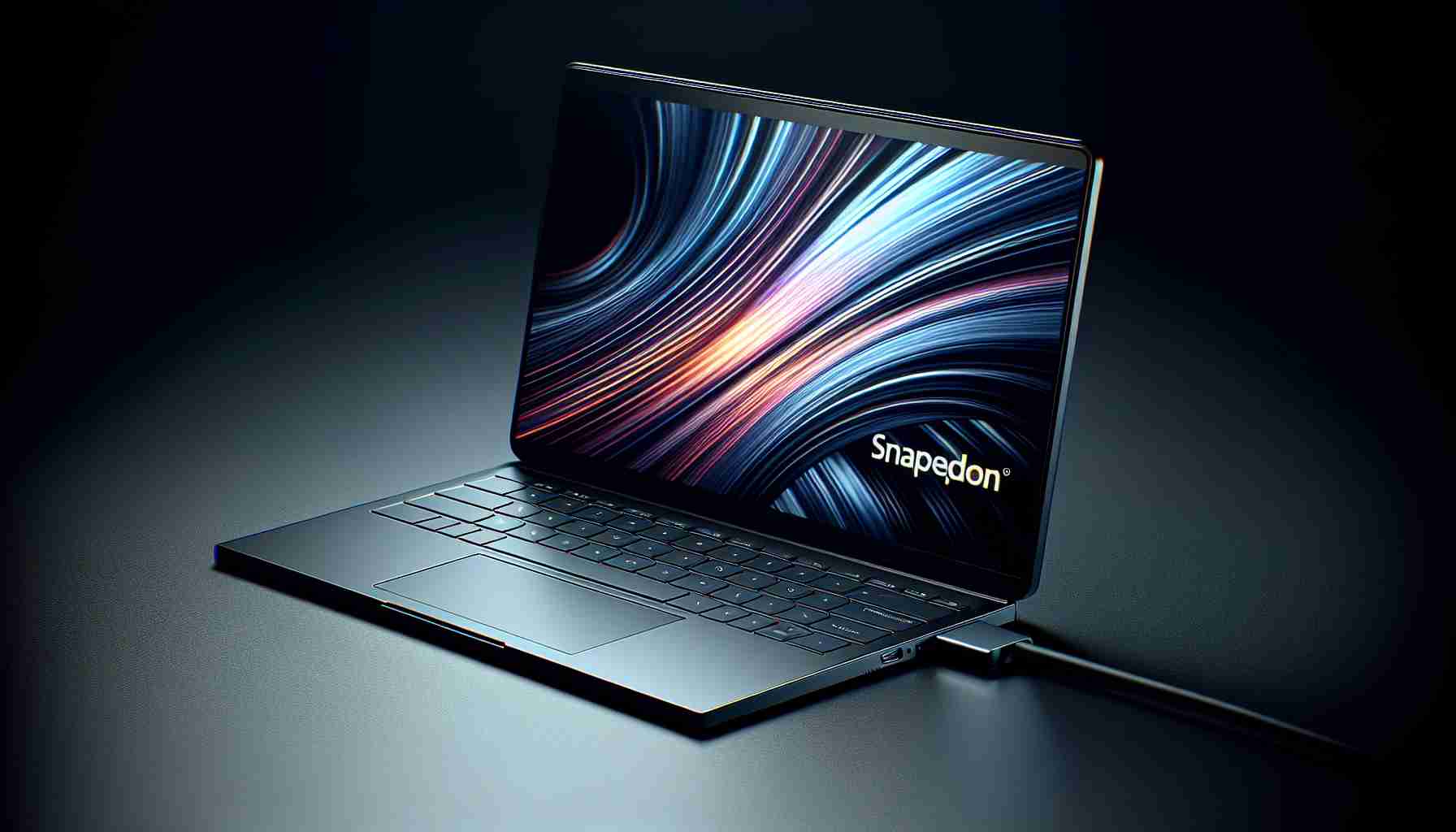Samsung is Expanding its Horizon with Snapdragon Laptops
The tech world is buzzing with the latest sneak peek into Samsung’s innovative Galaxy Book 4 Edge series, boasting Qualcomm’s Snapdragon prowess. High-resolution images and specifications of the new 14-inch Galaxy Book 4 Edge, alongside its bigger counterpart, the 16-inch Galaxy Book 4 Edge Pro, have been unveiled online, both adorned with 3K AMOLED displays. The Pro variant takes the crown with the premium Snapdragon X Elite chip, signaling a notable shift in computing performance and efficiency.
Design that Marries Elegance and Functionality
Sporting an ultra-slim profile, the Galaxy Book 4 Edge series wear a light silver finish coupled with understated grey keyboards, a departure from Samsung’s conventional design palette. This refreshing aesthetic strongly reminds onlookers of the iconic thinness seen in MacBook Air designs of yesteryear. The twin speaker outlets betray a commitment to immersive audio experiences in a portable form factor.
Connectivity and Specifications Tailored to Modern Needs
The Galaxy Book 4 Edge welcomes users with a suite of ports, including two USB-C inputs, an HDMI port, and an audio jack, while the Pro version expands offerings with a microSD card slot, a USB-A port, and an integrated numerical keyboard for enhanced utility. A dedicated Microsoft Copilot button hints at possible AI-enhanced applications and greater interaction capabilities.
Underneath the surface, expectations are set high with configurations likely featuring up to 16GB RAM, complemented by Qualcomm’s chips designed to elevate performance standards. Precise details on battery life remain unknown, yet Qualcomm’s hardware integration suggests a leap in battery longevity and overall laptop efficiency.
Preliminary pricing approximates stand at roughly 1800 euros, aligning the Galaxy Book 4 Edge series as a premium market entrant. An official announcement by Samsung remains pending, though the upcoming Galaxy Unpacked event could potentially serve as the launch pad for this Snapdragon-powered duo, potentially alongside other Samsung innovations like the Galaxy Ring.
Eager consumers and tech aficionados will have to stay tuned for further developments. Meanwhile, ASUS stands ready to enlighten us on Snapdragon advantages with their AI PC event slated for May 20. Those hungry for more information or willing to share insights can reach out to the Android Authority team through their dedicated news channel.
Important Questions and Answers:
– What is the significance of Samsung using Qualcomm Snapdragon chips in their laptops?
Qualcomm Snapdragon chips are known for their power efficiency and connectivity features, particularly in the mobile device market. The integration of these chips into Samsung laptops suggests a focus on long battery life and possibly always-on LTE or 5G connectivity, making these laptops appealing for mobile professionals and users who prioritize battery efficiency.
– How does the Samsung Galaxy Book 4 Edge series compare to competitors using Intel or AMD processors?
The use of Snapdragon processors could lead to differences in raw computing power compared to traditional x86-based Intel or AMD processors. Snapdragon chips have been optimized for mobile use and may offer better battery efficiency but could have limitations running certain software designed primarily for x86 architecture. Performance benchmarks upon release will provide more clarity on how these laptops compare.
– What are the potential challenges or controversies associated with the Galaxy Book 4 Edge series?
Some potential challenges could include application compatibility, considering that Windows on ARM has historically had issues with running some x86 applications smoothly. Additionally, consumers may compare the performance and efficiency of these Snapdragon-powered laptops with Apple’s M1 and M2 series chips in their MacBooks, which have set high benchmarks for ARM-based computing.
Advantages:
– Enhanced battery life due to efficient Snapdragon processors
– Light and thin design, potentially improving portability
– 3K AMOLED displays offering superior visual quality
– Built-in connectivity features like LTE or 5G
Disadvantages:
– Possible limitations with application compatibility due to ARM architecture
– Premium pricing may be a barrier for budget-conscious consumers
– Unsure performance comparison against traditional x86 processors
If you are looking for the official websites of relevant companies mentioned, you might want to visit Samsung and Qualcomm. However, it’s important to wait for official announcements for the most accurate and updated information. If you seek more comprehensive industry news, you could explore technology news websites such as Android Authority or The Verge, which commonly cover new releases in the tech world.
The source of the article is from the blog maltemoney.com.br
